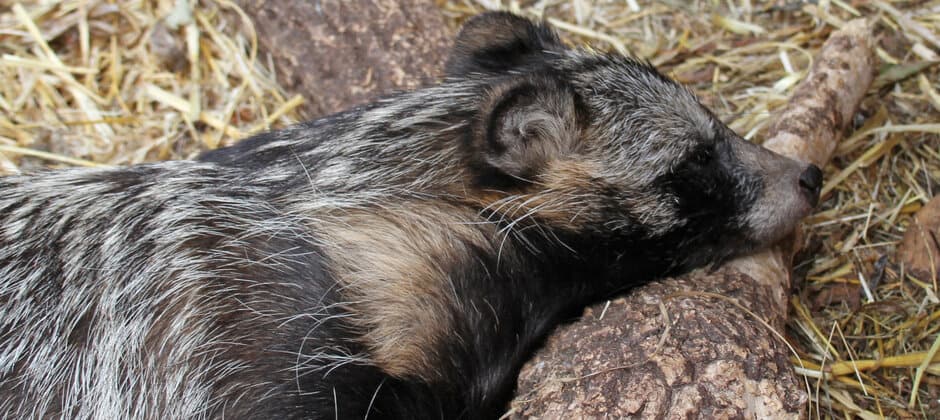Share this article
Coronavirus likely first spread to humans through wildlife market
COVID-19 almost certainly passed to humans in a Wuhan wildlife market at the end of 2019, according to a pair of new studies published in Science that used Chinese samples taken from the early days of the virus’ spread.
“It’s just not plausible that this virus was introduced in any other way besides through the wildlife trade in the Huanan market,” said Michael Worobey, an author of one of the papers from the University of Arizona, at a press call about the work.
In the study led by Worobey, he and his colleagues collected data from the earliest infections in Wuhan and mapped them by neighborhood. They found that the highest density of the cases in Wuhan clustered right around the market, not just among workers or people that had direct links to people that worked there.
“That clustering is very specifically in parts of the markets where [people] were selling wildlife, including raccoon dogs and other animals we now know are susceptible to Sars-CoV-2,” said Kristian Andersen, a researcher at the Scripps Research Institute in California and a co-author of the paper led by Worobey, on the press call.
In the other study, led by Jonathan Pekar of the University of California San Diego, researchers examined the genomic diversity of the virus early in its spread. They found two lineages that originated during the beginning of the pandemic before the virus began to diversify exponentially. Lineage B was found in the genetic sequences of people who were directly associated with the market, while Lineage A was found in the genetic sequences of people that lived close to it.
Worobey said that it’s still not clear which species played roles in the jump of SARS-CoV-2, the virus that causes COVID-19, to humans. Civets, red foxes (Vulpes vulpes), hog badgers (Arctonyx albogularis), raccoon dogs (Nyctereutes procyonoides) and deer were all sold at the market.
It’s possible the animals came from farms nearby in the Hubei province where Wuhan is found, though. In western Hubei, for example, several farms that held thousands of civets and raccoon dogs were liquidated early in 2020 as the virus began to spread through China and the rest of the world. These areas are rife with caves containing a number of horseshoe bats. Worobey said he could see a situation in which a farm around there was responsible for an early jump from bats to another intermediate species.
Bat droppings could have infected an animal on one of these farms, he said, starting an outbreak. From there, the infected raccoon dog or civet may have been moved to the Huanan Seafood Market in Wuhan.
“A scenario like that seems to me very likely,” Worobey said, though he added we’ll probably never know for sure, since samples were likely not taken of the civets and raccoon dogs before farms were liquidated, to his knowledge.
The authors of the papers stressed that the research was possible through collaboration of Chinese colleagues, and that a search for the truth is more important than pointing fingers at this point.
“If we try to place blame for this pandemic, none of this work is ever going to happen,” Andersen said.
Header Image: Raccoon dogs may have played a role in the transmission of SARS-CoV-2 to humans. Credit: Tony Hisgett








